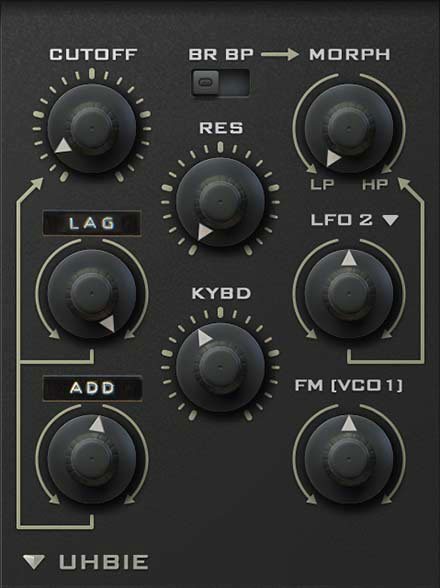

The draft mode allows for quicker turn-around, perhaps in real time, but will not have the full quality of the production mode. Often a composer or virtual conductor will want a "draft mode" for initial score editing and then use the "production mode" to generate high-quality sound as one gets closer to the final version. The disadvantage is that changes to the music specifications cannot be heard immediately. It could take 30 seconds of computing time to generate 1 second of real-time sound, for example.

#U HE DIVA 2 SOFTWARE#
The advantage of offline synthesis is that the software can spend as much time as it needs to generate the resulting sounds, potentially increasing sound quality. Playing a WAV or MP3 file simply means playing a precalculated waveform. For example, the input could be a MIDI file and the output could be a WAV file or an MP3 file. It is also possible to generate sound files offline, meaning sound generation does not have to be in real time, or live.
#U HE DIVA 2 PROFESSIONAL#
However modern professional audio interfaces can frequently operate with extremely low latency, so in recent years this has become much less of a problem than in the early days of computer music. Increasing buffer size helps, but also increases latency. When the processor becomes completely overloaded, the host sequencer or computer can lock up or crash. As the processor becomes overloaded, sonic artifacts such as "clicks" and "pops" can be heard during performance or playback. Multi-processor computers can handle this better than single-processor computers. When the soft synthesizer is running as a plug-in for a host sequencer, both the soft synth and the sequencer are competing for processor time. Decreasing latency requires increasing the demand on the computer's processor. The major downside of using softsynths can often be more latency (delay between playing the note and hearing the corresponding sound). sf2, and can be used with almost any sampler-based softsynth. Many sample libraries are available in a common format like. Some are specifically designed to mimic real-world instruments such as pianos. Some of these sample-based synthesizers come with sample libraries many gigabytes in size. Some softsynths are heavily sample-based, and frequently have more capability than hardware units, since computers have fewer restrictions on memory than dedicated hardware synthesizers. Popular synthesizers such as the Minimoog, Yamaha DX7, Korg M1, Prophet-5, Oberheim OB-X, Roland Jupiter 8, ARP 2600 and dozens of other classics have been recreated in software. Some simulators can even import the original sound patches with accuracy that is nearly indistinguishable from the original synthesizer. The emulation can even extend to having graphics that model the exact placements of the original hardware controls. Many popular hardware synthesizers are no longer manufactured but have been emulated in software.

Triple VCO With three oscillators, Triple VCO is the largest of the oscillator panels.Softsynths can cover a range of synthesis methods, including subtractive synthesis (including analog modeling, a subtype), FM synthesis (including the similar phase distortion synthesis), physical modelling synthesis, additive synthesis (including the related resynthesis), and sample-based synthesis. The five models offer a wide range of different characteristics that fundamentally affect the overall sound, giving you a broad palette to start with for your next riff, bass and pad.Īll five share common controls: waveform selection, octave range, mix or independent output volume controls, a noise source and plentiful modulation options. Like the filters, Diva’s oscillators are also modeled on classic hardware. All filters have modulation options and the traditional cutoff and resonance controls, but each has their its character, quirks and options. With ZDF, the delays normally produced when modeling analog circuits are vastly reduced, resulting in a much more authentic resonance behavior.ĭiva models five different filters found in classic hardware synthesizers. A combination of realtime circuit simulation and zero delay feedback (ZDF) design give Diva its remarkable sound. The filters are at the heart of Diva’s analog sound. Diva is more than a single synthesizer: Recreate an old favorite or mix-and-match modules to design your own unique hybrid. Oscillators, filters, and envelopes from some of the greatest monophonic and polyphonic synths of yesteryear were meticulously modeled for unmatched analog sound. The u-he Diva captures the spirit of five decades of analog synthesizers.


 0 kommentar(er)
0 kommentar(er)
